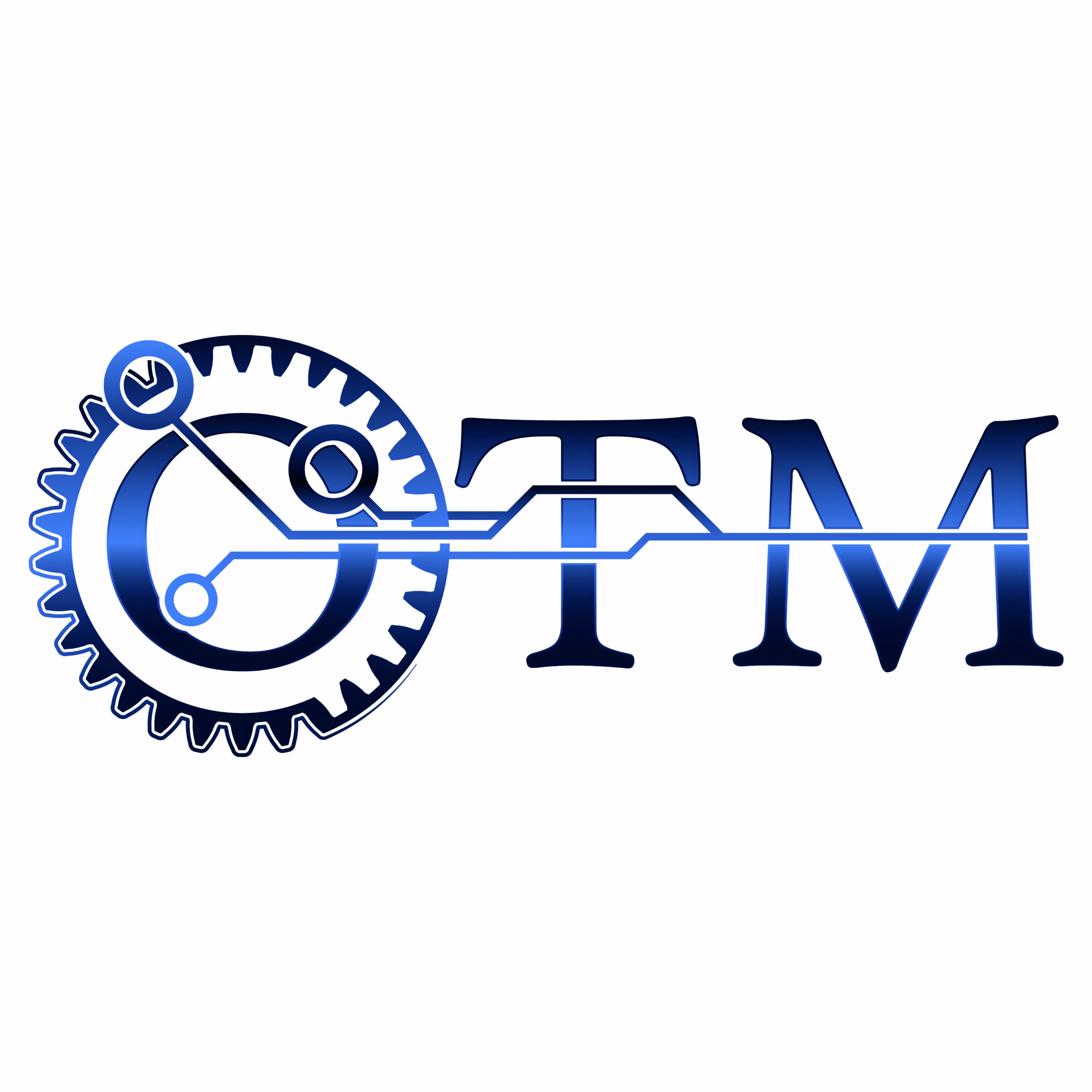UAV Rotary Throttle Actuator
The Problem
BAE Systems are at the forefront of UAV development. The High Endurance Rapid Technology Insertion (Herti) drone was developed by BAe first and foremost as a military drone. BAe were in the process of adapting the drone for use in a non-military environment.
By definition, an autonomous drone lacks the capability for human intervention in a failure situation.
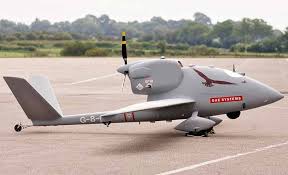
Consequently, regulations demand that, in a non-military situation, controls must incorporate redundancy for increased safety in case of failure. On board software also needs to be DO178 compliant.
For the BAe Herti drone to comply with non-military specifications, the throttle actuator would need to position the throttle with the necessary level of accuracy and repeatability while incorporating redundancy in a failure situation to meet the stringent regulations.
Previous attempts to solve the problem using a commercial off-the-shelf solution (COTS) had failed. The units were too heavy to meet the weight restrictions of the drone and too big to be installed without changes to the physiology of the aircraft which was not viable. They all also failed the necessary redundancy tests.
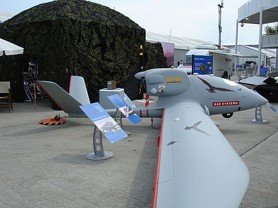
The Customer Requirement
For OTM this project possessed many similarities to successful Aerospace solutions we had developed previously. The infeasibility of making adjustments to the physical structure of the drone was a given. We knew therefore that we had to come up with a lightweight unit that would be able to perform within the limitations of the existing drone construction without loss of power or accuracy. At the same time we had to be able to overcome the difficulties experienced in the COTS installation by incorporating the necessary redundancy safety features.
There was scope for using existing OTM actuator engineering from previous solutions but the end requirement would undoubtedly rely on some bespoke design to make a 100% fit.
The Solution
The OTM design team put their finest problem-solving brain power to work and came up with a bespoke rotary throttle actuator incorporating a dual wound motor. This allows 50% of the motor to fail without preventing it from continuing to work. We added a built-in communication sensor to confirm the throttle position and communicate back to the flight control computer for added safety measures.
As an extra fail-safe, the actuator was mirrored on the opposite side of the throttle so, should the entire unit fail, the back-up would immediately kick in.
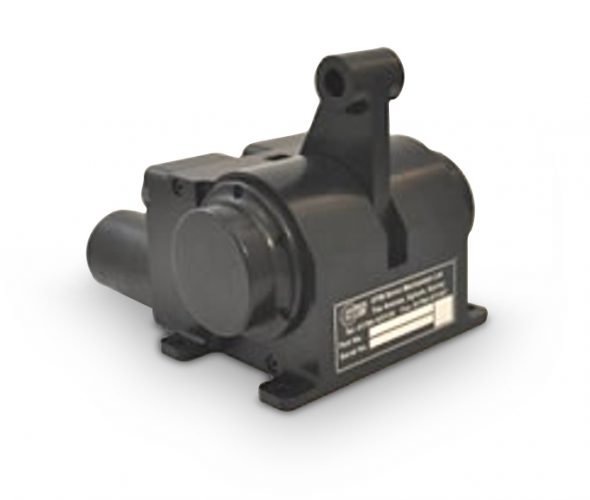
The sensors were programmed to communicate with each other and to operate in step so that in the event of failure the other sensor would immediately assume control without any loss of throttle position information.
Analysis showed us that we could still achieve this within both the weight and space restrictions presented by the existing drone design without any compromise on power output.
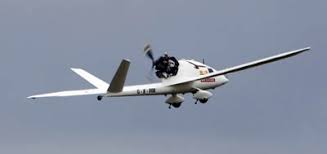
The Outcome
The OTM solution was successfully installed, tested and put into operation on the drone. It delivered the necessary 10Nm of operating torque was tailored to fit the exact space on the aircraft and came in 30% lighter than any of the COTS solutions.
In controlled automated systems such as this, the level of repeatability is the measure of how consistently the system can return to the same commanded position. This often involves a trade-off against accuracy or conversely a system can demonstrate high accuracy but poor repeatability.
This solution from OTM combines both high repeatability and accuracy without the associated compromise. The positional feedback accuracy of the system is 0.2° offering immediate response and an associated high degree of fuel control.
